Plants make wonderful gifts. They are available at a wide range of prices and range from the common to the exotic. This gives you a lot to work with if you are giving a live plant as a gift.

When you’re giving plants as gifts, you do need to know your audience, though. Consider the receiver, and tailor the choice of plant to the person you are giving the gift to.
Here are a few “rules” of giving live plants to help you do that.
Jump to:
- 12 Things to Think About When Giving Plants as Gifts
- 1. The light in their life
- 2. What’s your recipient’s lifestyle?
- 3. What’s the lifespan of the plant, and what’s the attention span of the recipient?
- 4. How much space do they have for plants?
- 5. Are there plant or flower allergies and sensitivities in the household?
- Video: A Few Things to Think About When Giving Plants as Gifts
- 6. Consider the children
- 7. Pets are important, too
- 8. How green is their thumb?
- 9. Artificial is an option, too
- 10. Buy with an eye to the future garden season
- 11. Make sure you can take care of it in the meantime!
- 12. Check the plant’s soil as soon as you get it home
- Other Tips for Giving Plants as Gifts
12 Things to Think About When Giving Plants as Gifts
Keep the following twelve things in mind when you are buying and giving plants as gifts, and you’ll set both you and your gift recipient up for plant success.
1. The light in their life
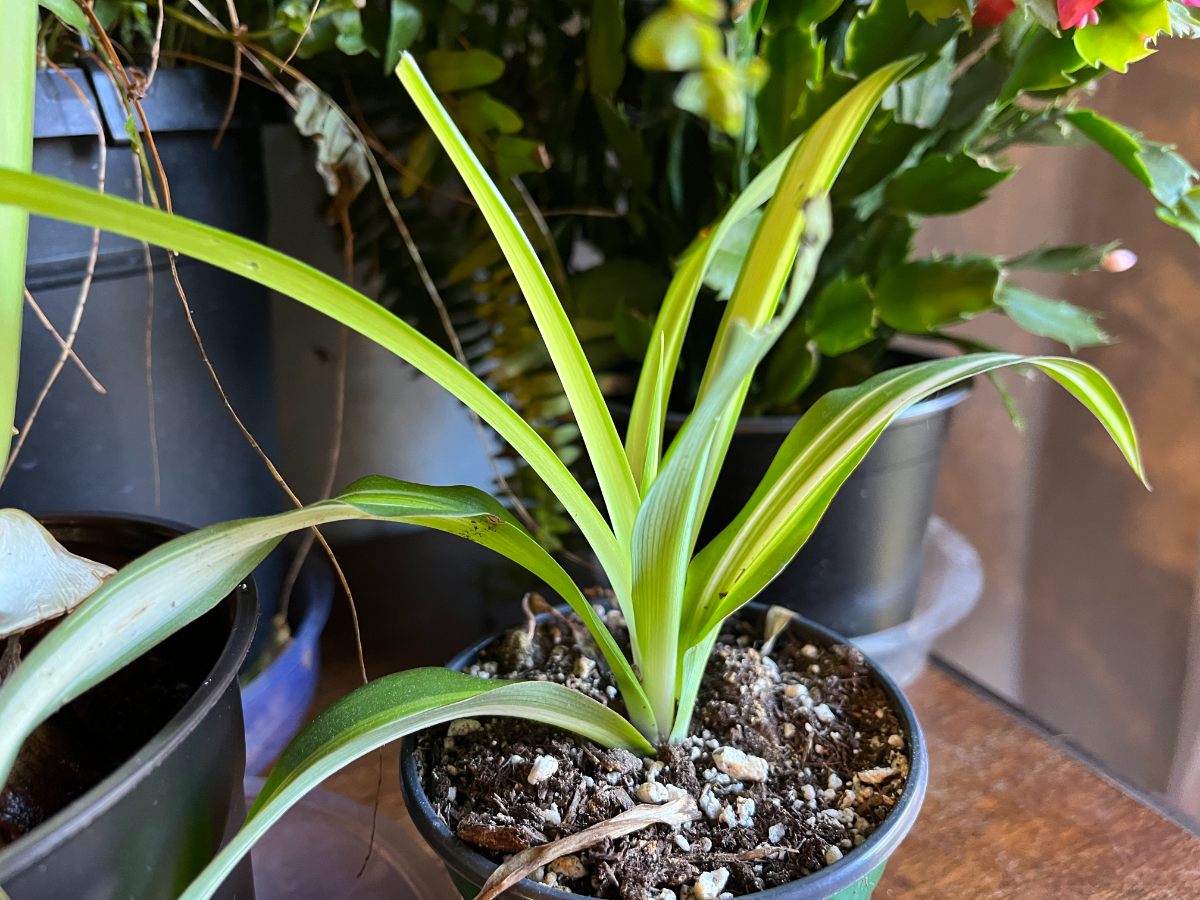
Having the right light for a houseplant is one of the key components to keeping it alive and thriving.
Before you buy a houseplant as a gift, think about the place in which they live (or work, if you are giving it to a coworker or someone who you think might keep the plant in their office, classroom, or workspace).
Also, think about the places where you think they may have room for that plant in their home. Then ask yourself,
- How is the light there?
- Is it bright, natural light?
- Artificial bright light from overhead lights?
- Is it bright but indirect light?
- Are they in low-light conditions?
There is a plant that will live and live well under each one of these conditions, but it is important to match the plant that you pick to the light and environment it has to live in. That way, your gift will keep living and giving.
2. What’s your recipient’s lifestyle?
What kind of life does the receiver of your gift live? Are they homebodies who love to dote on their plants? Talk and sing to them?
Or do they work long hours or travel a lot, and they aren’t around or don’t have time to spend a lot of time on a houseplant?
It’s wise to put a little thought into the lifestyle of your plant recipient. Then, you can pick a plant that is easy to care for and doesn’t need frequent watering. Some options would be an orchid, cactus, or succulent.
Or, you can gift something like a terrarium that mostly takes care of itself with just infrequent care and watering in between.
Again, whatever the lifestyle, there is a plant that will fit it, but you should match the plant to it.
3. What’s the lifespan of the plant, and what’s the attention span of the recipient?
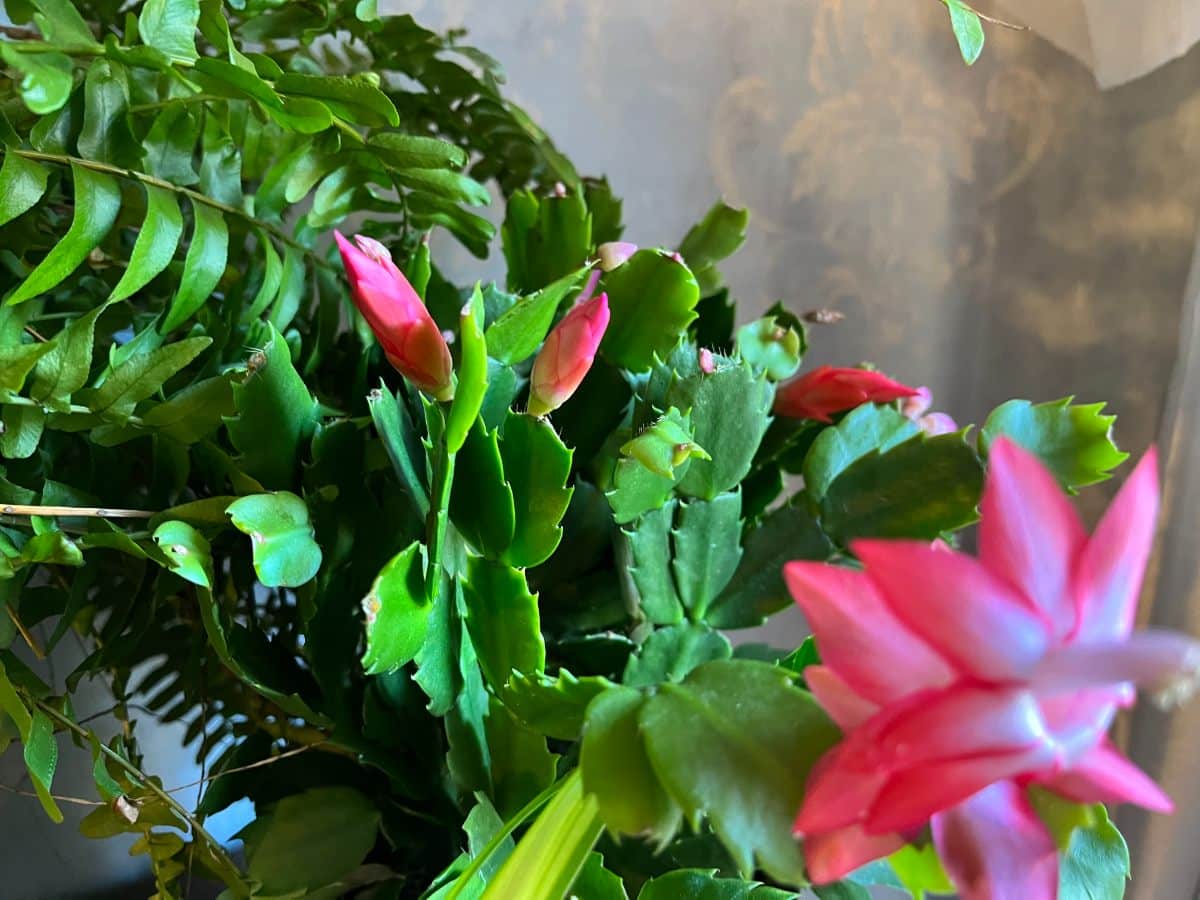
Plants can have long, medium, or short lifespans. And plant keepers can have long, medium, or short attention spans for those plants.
A plant like a Christmas cactus is a plant that can live not only for a lifetime but quite literally for generations! These often get passed down through the family—the same original plant! This can be a real treasure for someone who loves to keep plants and wants to repot them and care for them year after year.
For someone who doesn’t want to be that hands-on with their houseplant, this can become a big burden. If your gift recipient likes plants but doesn’t like the long-term care aspect of having houseplants, a more seasonal plant is a better answer.
For them, something like a poinsettia or forced bulbs like amaryllis or paperwhites could be a better choice.
4. How much space do they have for plants?
Space is a big consideration, especially if you are thinking about buying a big plant.
Large plants like potted palms can be striking and dramatic. But they can also take up precious real estate in a home. They’re well worth it if you have the space, but if you don’t, suddenly, your big gift becomes a big nuisance.
No one wants that. So, before you go big, think about the available space and the likelihood of your gift receiver wanting a large plant. (Don’t get us wrong, a lot of people will love it, but they need to be able to fit a large plant!).
If space is an issue, opt for something smaller or perhaps a hanging and trailing plant instead.
5. Are there plant or flower allergies and sensitivities in the household?

Does your recipient or someone in their home have allergies? This is a consideration.
A lot of houseplants are simply green stems and foliage, but others are flowering plants, and flowering plants may (or may not) give off pollen. Pollen is a leading allergen for people with plant allergies.
Take this into consideration and choose plants that are hypoallergenic or less likely to give off spores or pollen that might cause an allergy to someone with sensitivities.
Video: A Few Things to Think About When Giving Plants as Gifts
6. Consider the children
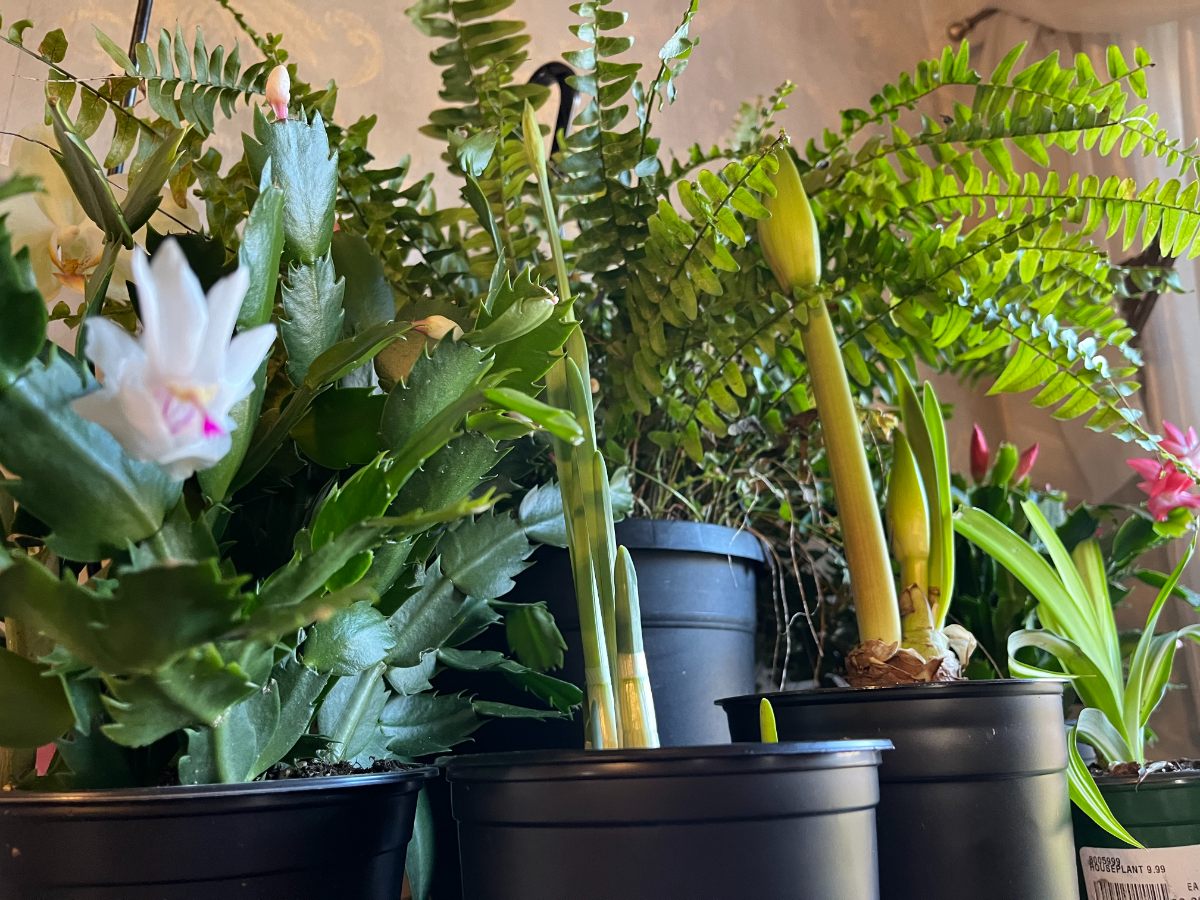
Do consider whether the household has children and whether plants might be a problem for them.
If you are buying a plant for a home with kids, here are some tips and some things to consider:
- A hanging plant that can be kept up and out of the way may be a better choice
- If the plant is large or in a large pot and will be placed on the floor, make sure it is heavy and stable enough not to fall onto a curious, climbing child or toddler
- Choose plants that won’t shed leaves or parts
- A cactus or a thorny plant might not be a good choice if the children are young and might touch the plant
- Be sure that the plant is not toxic and will not drop toxic parts or flowers
7. Pets are important, too
Similar issues arise when the house is home to pets. Most of the points listed above for child safety apply to pets as well.
Toxicity is one of the biggest issues for homes with pets. Pets do sometimes chew on plants, so if the plant will be where the animal can chew or try to eat it, it needs to be non-toxic. There are many pet-safe, non-toxic plants to choose from.
With pets, spiky or thorny plants can either be a help or a risk. Sometimes, a harsher plant is good because it deters the pet from trying to mess with it.
8. How green is their thumb?
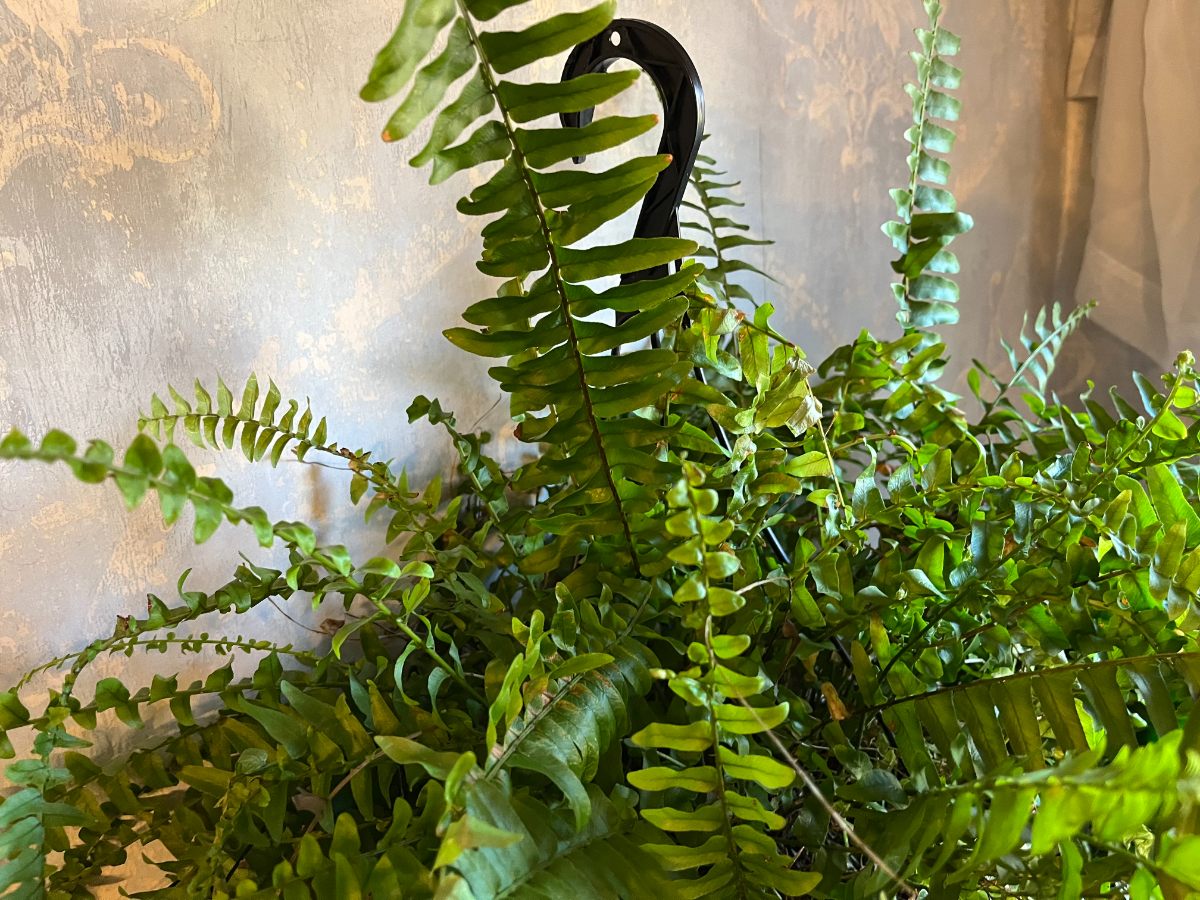
Do take into account how much of a “green thumb” your plant recipient has.
If this person isn’t good with plants, choose a plant that is easy to care for.
Pothos, spider plants, peace lilies, cast iron plants, phalaenopsis orchids, aloe, varieties of cactus, succulents, and many others are good, easy-care choices.
Many of these easy-care types also check the boxes for pet- and child-friendliness and for being non-toxic. (Many, but not necessarily all, so do check before buying.)
On the other hand, if your recipient is a skilled plant lover who likes a challenge, honor that with something that is harder to care for. This will add something unique to their collection that few people will have because fewer people can handle the care and skill level needed to keep such a plant.
Some options for hard-to-care-plants that come with bragging rights for those skilled enough to keep them alive include azaleas, banana plants, fiddle-leaf fig trees, exotic orchids and tropical plants, gardenias, cheese plants, African mask plants, bird's nest fern, and Boston fern (because of its high humidity requirements).
9. Artificial is an option, too
If it’s the style you’re going for in your gift, but any of the above reasons make giving a live plant difficult or questionable (such as if the person has a brown thumb or kids, pets, or allergies are an issue), an artificial plant might be a better choice.
Artificial plants can give you all the style, decor, and ambiance you want, and many are so lifelike you’ll be hard-pressed to decide if they’re real or fake.
10. Buy with an eye to the future garden season
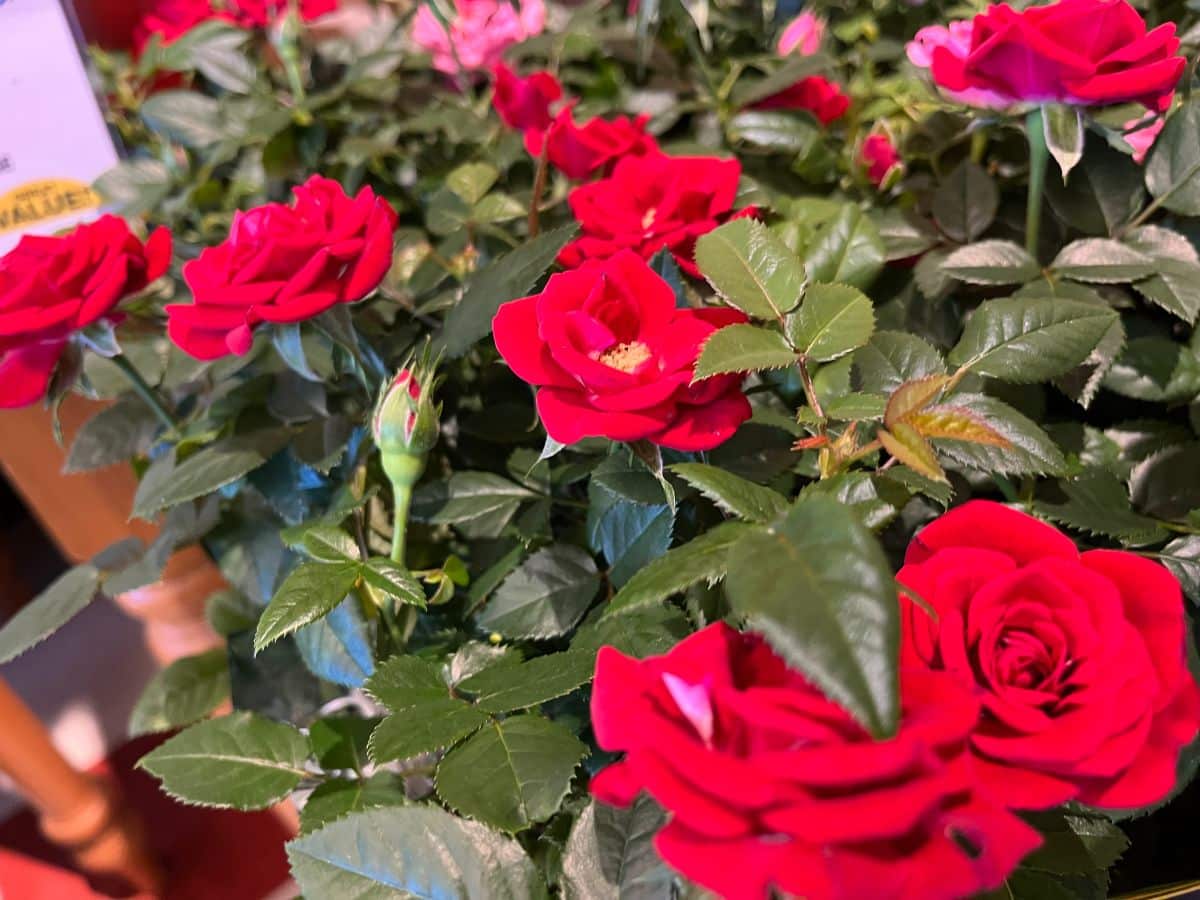
If the person you are buying for is also a gardener, or if they at least like to keep container or patio plants, you can buy with that in mind, too.
Several houseplants double as perennials that can be planted in a garden in the warmer weather. Mini roses, begonias, and cyclamens are a few good examples.
Many tropical plants and houseplants can also be outdoor plants for the summer. These make nice porch and patio plants. They just need to be brought back in before temperatures dip too low (which for houseplants is around 50 F and above (or 10 C).
Things like citrus trees and potted palms are good indoor-outdoor plants. Citrus trees will grow controllably in large pots, but there are plenty of miniature versions, too.
11. Make sure you can take care of it in the meantime!
One important rule to follow when you’re giving live plants as gifts is this:
Make sure you can care for the plant while it’s in your possession!
When you buy plants, have them bag the plant, even if it’s just to cover it. This will give it protection from the cold while it’s being carried in and out and when it’s being transported.
If you don’t trust yourself with providing special care or the right light, hold off on buying the plant until it’s closer to the time to give it to the person you are gifting it to.
Most plants won’t need much more than a good watering for the first week or so. Even if your light isn’t perfect, it will probably suffice for a short period of time if you do your best to give it as close to what it wants as you can.
12. Check the plant’s soil as soon as you get it home
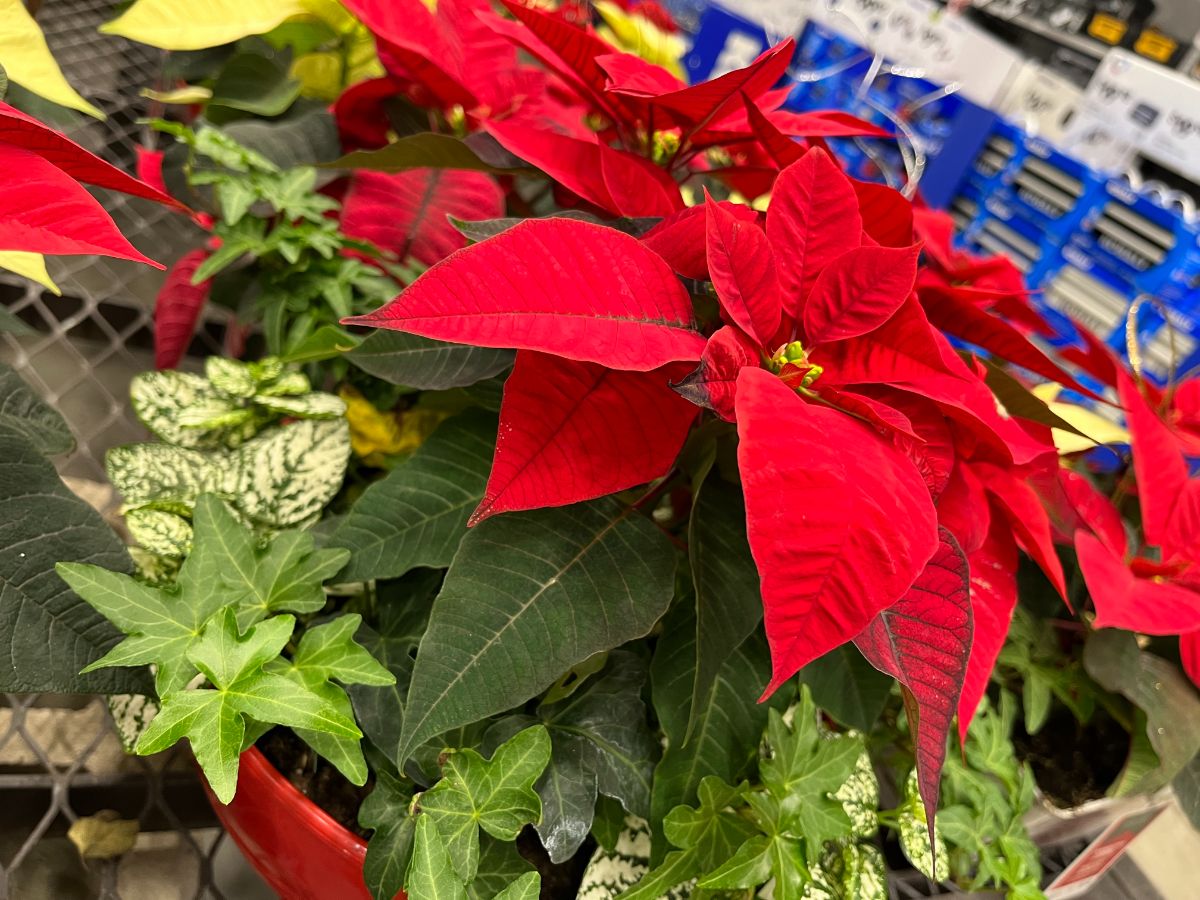
Finally, and on that note, check the plant’s soil as soon as it comes home with you.
Plants don’t always get the best care in stores, and the care they do get is not always tailored to them. Watering often happens on a schedule, not according to the plant’s needs, so when you get the plant to your house, check to see if the soil is too wet or too dry, and then water it according to its needs and preferences.
But don’t water a plant that has moist or wet soil if it is supposed to be watered when the soil dries down. (In other words, don’t just assume and don’t automatically water when you get the plant home.)
Also, remember to remove excess packaging and any bags you added for protection when transporting so the plant can get to the light.
If the plant came wrapped in decorative foil, it’s smart to remove that for now because those foils usually hold in too much moisture and aren’t always ideal for the plant. You can always slide the pot back in for presentation when you are ready to give the gift.
Other Tips for Giving Plants as Gifts
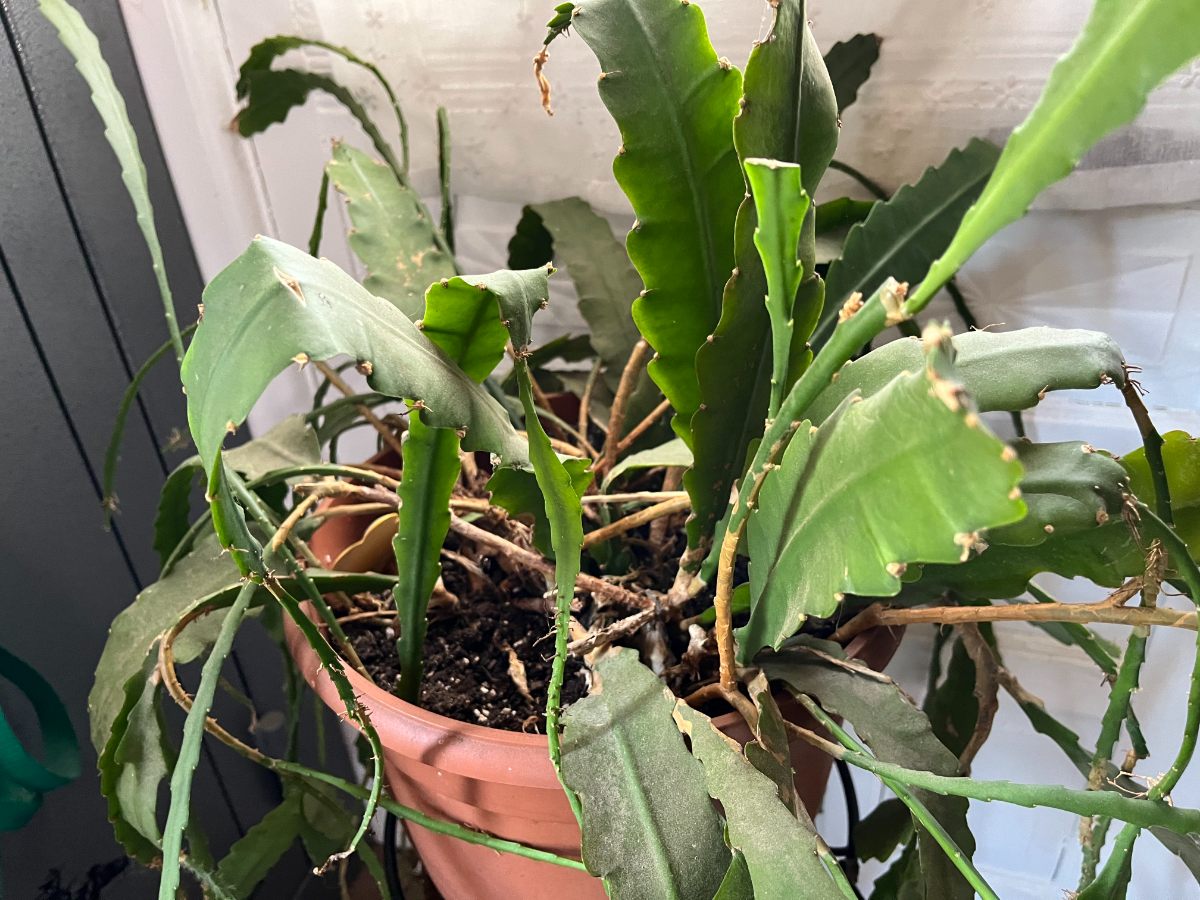
- Buy plants in good condition from reputable sellers.
- Take cuttings of your own plants and propagate them – free gifts with meaning and a story behind them! This is how many a Christmas cactus has been passed for generations.
- Check the plants when you get them home for signs of bugs. That’s a gift no one wants to get!
- Treat the plant for insects if necessary. If you’re not sure, a quick spray with organic neem oil won’t hurt, and it will cover your bases if there are unseen pests.
- Protect the plants in transit. For some plants, even a brief exposure to freezing temperatures will damage or kill them. Cover with bags for travel.
- Give care instructions with the plant. They may have them on a tag, but you may find them to be insufficient. Look it up online and add a card with some extra care details if you need to.
- If you propagated the plant yourself, it won’t come with a plant tag, so write down those care instructions. Don’t expect anyone to remember a list of plant care tips that you rattle off at a party or holiday gathering.
- If the plant has a story (like if it is Great Grandma Mary’s cactus passed down through the years), tell it! That will give the plant added value and a story for the recipient to tell (and pass on) to
- Get creative with the presentation. A plant tucked nicely in tissue paper in a bag is lovely, but you can also step up the gift by repotting it first in a pretty pot or creating a scene with a terrarium or little fairy garden.
- If you don’t want to build that yourself, give the supplies to your recipient to do that. For example, give them a terrarium kit of things to make a terrarium or fairy garden with, along with the plants to do it.
- This can be a great way to give your recipient something to do after the holidays and/or a great way to introduce children to houseplants and gardening.
Live plants make excellent gifts. They’re easy to buy and widely available, so they make great last-minute gifts, too!
Plants are versatile and can help you check off your whole list, from teachers to kids who have everything, adults who have everything, hosts, hostesses, and more.
Give the gift of life for Christmas, holidays, housewarmings, birthdays, and more!

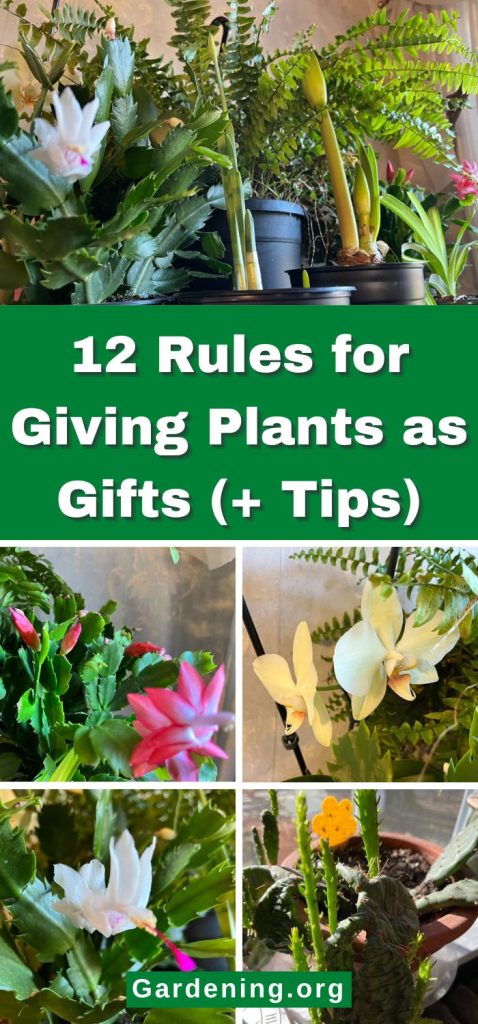
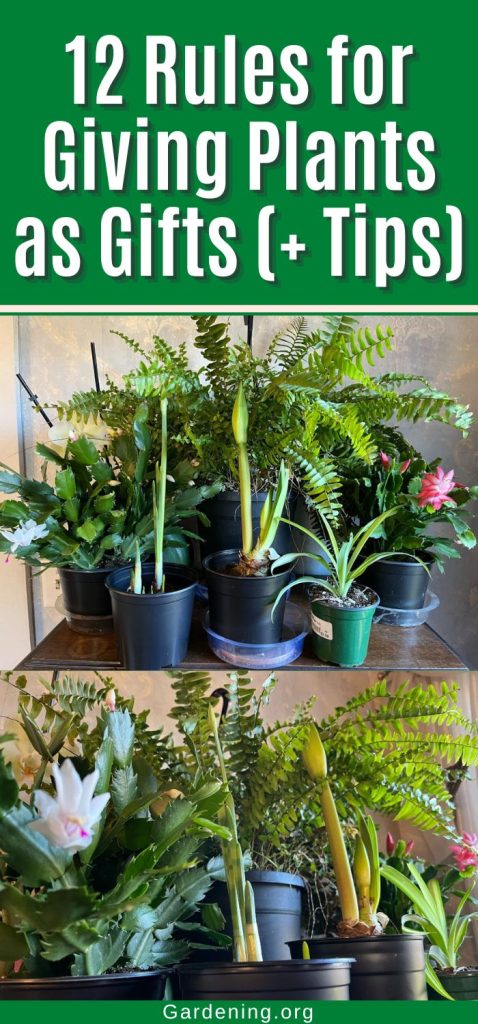
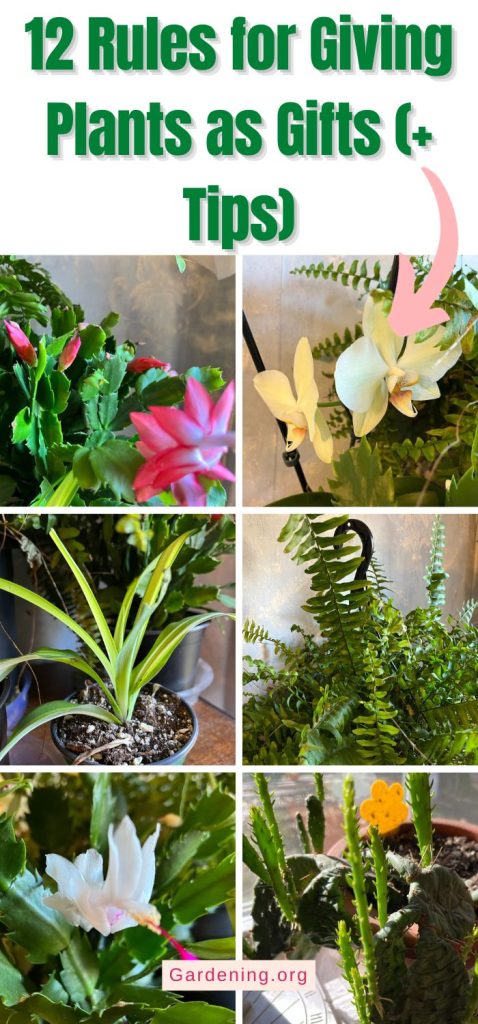
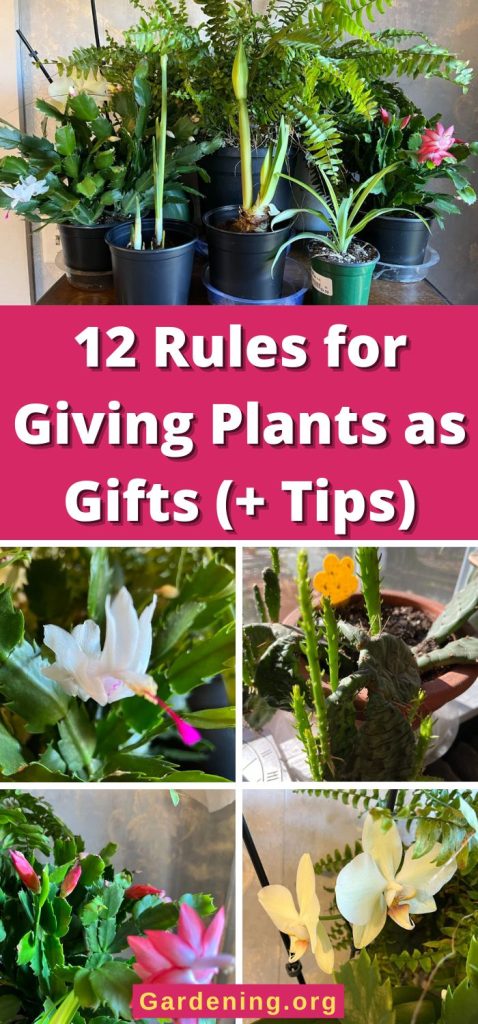




Leave a Reply